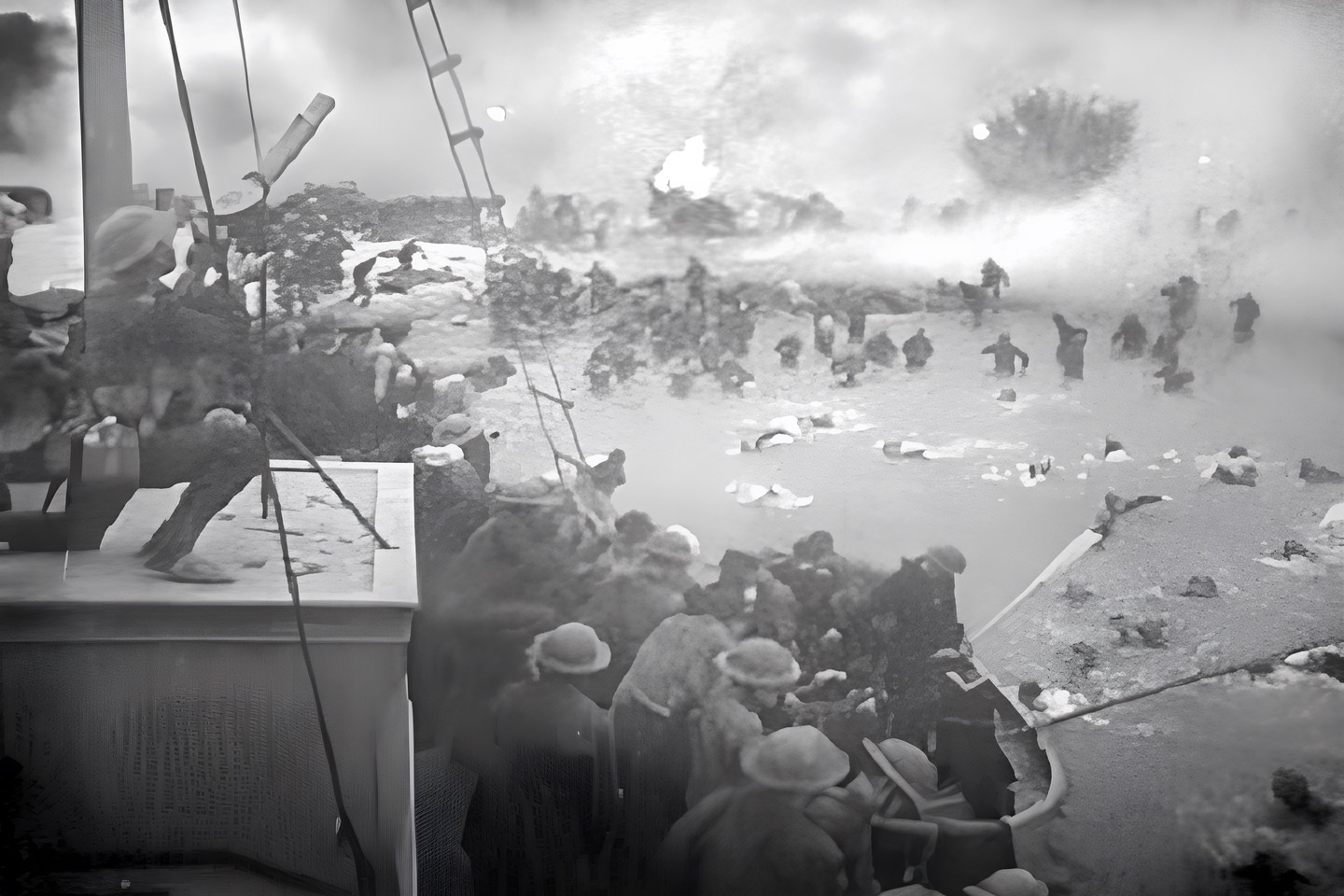Dunkirk Evacuation (Operation Dynamo) in 10 Questions
Operation Dynamo was the code name for the Dunkrik evacuation. This list contains ten questions and answers about the operation.

Operation Dynamo was the code name for the Dunkrik evacuation. This list contains ten questions and answers about the operation.

